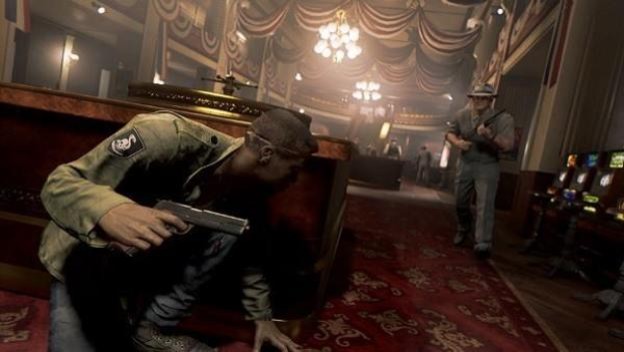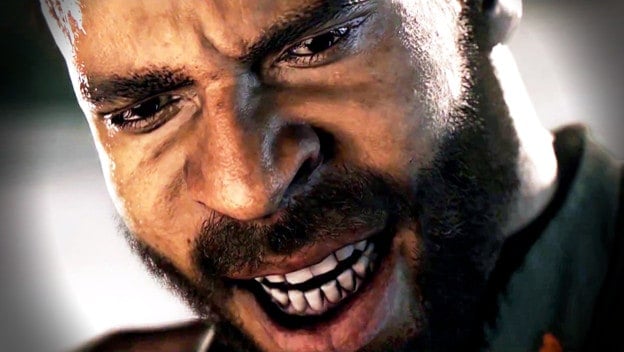Mafia III has finally come out and fans are unimpressed, despite it being another open-world game with lots to do outside of the main quest line. That’s just it, however, as the open world is just what brings Mafia III down a notch. Our own Garrett Glass had some praise for the game, “Hangar 13, the creative studio behind Mafia III , fully embraces the idea of discussing politics in their product, and their game is stronger for it… What makes Mafia III ’s story so special is the details in the world, not just the writing. New Bordeaux may be a fictional reimagining of 1968 New Orleans, but it also feels like the real deal.” But in the end, even Glass has to admit that “the city is lacking the usual trappings found in open-world games. In fact, Lincoln is so focused on revenge, most of the side missions are either casual conversations with secondary characters, which provides characterization and backstory, or additional violent missions that reward you with money, weapons, and upgradables.”
PC Gamer’s Andy Kelly got a bit colorful in his post about how disappointed he was in Mafia III . The story, according to Kelly, “has a promising start… Then something happens in the story that sets [Lincoln] on a path of revenge, and suddenly his character becomes completely one-dimensional. His motivation becomes killing the man who betrayed his family, and that’s about it.” The criticism doesn’t stop there; in his opinion, the main problem with the game lies in the setting, which is “a dreary, lifeless place painted in murky shades of brown. With the exception of the distinctive French Ward, it’s visually and architecturally uninspiring, and fails to evoke the time period as effectively as Empire Bay [from Mafia II ]… it’s one of the most uninspiring virtual cities I’ve explored in years, with miles of seemingly identical-looking streets.”
It seems, indeed, that a lackluster open world can tear the narrative of a game apart. Unfortunately, my personal experience can only confirm this. Far Cry 4 wears Ubisoft’s collectibles like a pageant parade – beauty is on the outside. The graphics are amazing – Kyrat may be a fictional place, but boy did they sure get the Himalayan mountains on the nose. I end up being glad for the long drives between radio towers because I love the scenery so much. The story, (for once, go Ubisoft!) held a great deal of fascination for me – if only to see Pagan Min again. The game truly immerses you in the war with the sheer amount of small skirmishes that you have to ignore sometimes to focus on your mission. Refugees are killed because of this on occasion.
What I also like is that almost everyone is voiced. You can be talking to someone and in the next skirmish, they might be dead. It’s both devastating and good game design. But after the forty-seventh cave and twentieth drop-off site, even my completionist self gets exhausted. Switching to the main campaign doesn’t help much, as it is just more of the same. After a while, skirmishes just get annoying and missions are longer versions of the same thing. I’ve had to put down the game for quite a while before feeling like tackling it again. It feels like the good game design gets buried in the repetition of performing the same tasks repeatedly in a too-large world.

There are other games where this happens too, like Dragon Age: Inquisition. I will never forget you, Hissing Wastes, and I still have no idea what the Venatori were doing there. It is, too, what I fear will happen to Breath of the Wild . What if, even to the most diehard fan, that open world is actually boring? It breaks the player from the narrative in the most ugly way possible and ruins what would otherwise be a wonderful game. There are ways to build an open world that is interesting and engaging ( Witcher 3 ), but it seems most games these days are going the boring route – just stick collectibles out there or copy and paste side quests and it’ll be fine.
Hopefully audiences will nip this problem in the bud and speak out to developers about it, as I’m sure you can think of other games that do the same. Open worlds can ruin a game’s narrative and all developers should be aware of how they are building their game world. Just because a certain kind of design is trendy, doesn’t mean it’s the right one for every game.
